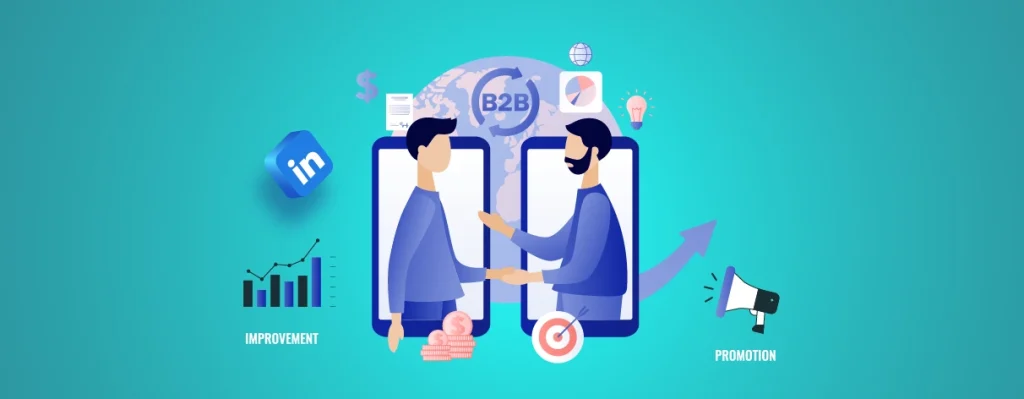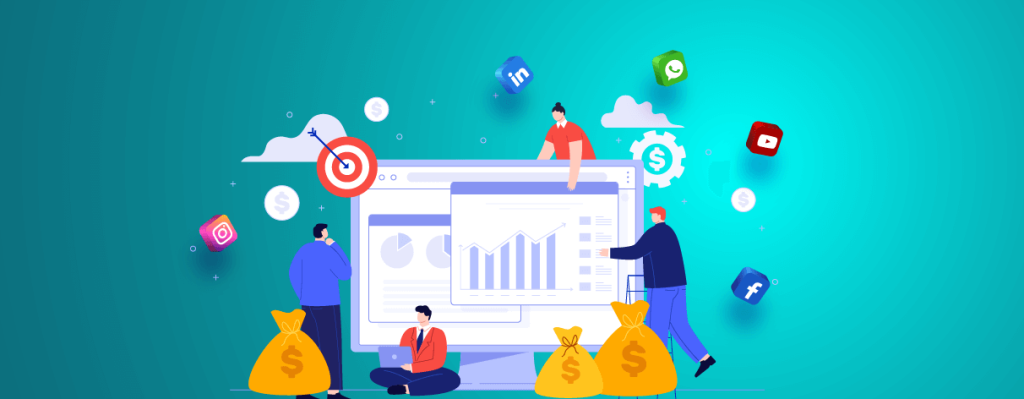B2B Customer Acquisition Strategies for Growth and Success
Customer acquisition is an essential pillar of growth and success in the fast-paced world of B2B business. Mastering the art of B2B customer acquisition becomes critical as businesses attempt to expand their reach and strengthen their bottom line. It is the foundation upon which successful businesses build their customer base and create long-term relationships that …
B2B Customer Acquisition Strategies for Growth and Success Read More »










